This very simple Japanese-inspired seaweed salad is a humble plea to do exactly that. If you’ve never tried it, I’d recommend hitting your local Asian store and buying a mix of seaweed salad to get acquainted with the process and flavour. The tangy sesame dressing served with it will make you beg for more. And that’s when you might want to look closer to home and find those who pioneer the integration of seaweed into our diet, like The Cornish Seaweed Company. Their Ocean Greens work extremely well here, but you can also add some Dulse as long as you soak it for a little longer.
Where to buy seaweed
Most Asian stores will stock a seaweed salad mix. I used this Japanese Kaiso salad, which is a mix of Wakame, Mahunori, Red Algae, Red Suginor, Red Tsunomata and Green Suginori. But these days, companies like The Cornish Seaweed Company offer locally grown seaweed. So make sure to look for local suppliers depending on where you are.
Health Benefits
Seaweed is a highly nutritious food that is packed with various vitamins, minerals, and antioxidants, making it an excellent addition to a healthy and balanced diet.
Rich in iodine: Seaweed is an excellent source of iodine, a mineral that is essential for thyroid function and overall metabolism.
Low in calories: Seaweed is low in calories but high in fibre, making it a great food for weight management and digestion.
High in antioxidants: Seaweed contains high levels of antioxidants, which can help to reduce inflammation, prevent cellular damage, and lower the risk of chronic diseases such as cancer and heart disease.
Boosts immunity: Seaweed is rich in vitamins A, C, and E, as well as zinc and selenium, which are all important for supporting a healthy immune system.
Promotes healthy skin: Seaweed contains several compounds that can benefit the skin, such as vitamins A and C, which help to promote collagen production and improve skin elasticity.
Overall, incorporating seaweed into your diet can offer a range of health benefits, but it’s important to consume it in moderation and to choose varieties that are low in sodium, especially if you have high blood pressure. Always make sure to read the daily intake information and instructions on the packaging, before consuming the seaweed.
Caution
Due to the high levels of iodine, certain types of seaweed should only be consumed in moderation. Always make sure to read the packaging instructions and adjust quantities according to the maximum daily intake.
serves 2 as a starter
Ingredients
-
20g of dried wakame seaweed or dried seaweed salad mix
-
or make a mix of Cornish Organic Ocean Greens
-
-
2 tsp sesame seeds
-
1 tbsp soy sauce
-
1 tbsp sesame oil
-
1 tbsp rice vinegar
-
2 tsp mirin
-
10g ginger
Method
Place the seaweed into a bowl and cover with cold water, then leave to soak for 6 minutes. If you’re making the Cornish Seaweed salad, soak the dulse for 25 minutes, then add the ocean greens and soak for another 5 minutes.
To make the dressing, toast the sesame seeds in a small frying pan until golden. Then set aside to cool down. In a small bowl, combine the soy sauce, sesame oil, rice vinegar, mirin and sugar. Then peel and grate in the ginger and add most of the sesame seeds.
When the seaweed is ready, drain it and gently squeeze out any excess water. Place it in a bowl, pour over the dressing and mix well to coat evenly. Then serve with an extra sprinkle of sesame seeds.
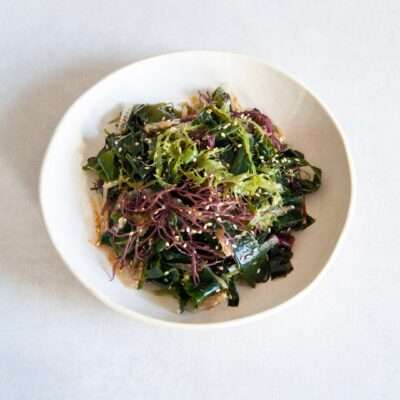
Seaweed Salad
Ingredients
- 20 g of dried wakame seaweed or dried seaweed salad mix
- or make a mix of Cornish Ocean Greens and Dulse check the packaging instructions for maximum daily intake and adjust quantities accordingly
- 2 tsp sesame seeds
- 1 tbsp soy sauce
- 1 tbsp sesame oil
- 1 tbsp rice vinegar
- 2 tsp mirin
- 10 g ginger
Instructions
- Place the seaweed into a bowl and cover with cold water, then leave to soak for 6 minutes. If you’re making the Cornish Seaweed salad, soak the dulse for 25 minutes, then add the ocean greens and soak for another 5 minutes.
- To make the dressing, toast the sesame seeds in a small frying pan until golden. Then set aside to cool down. In a small bowl, combine the soy sauce, sesame oil, rice vinegar, mirin and sugar. Then peel and grate in the ginger and add most of the sesame seeds.
- When the seaweed is ready, drain it and gently squeeze out any excess water. Place it in a bowl, pour over the dressing and mix well to coat evenly. Then serve with an extra sprinkle of sesame seeds.



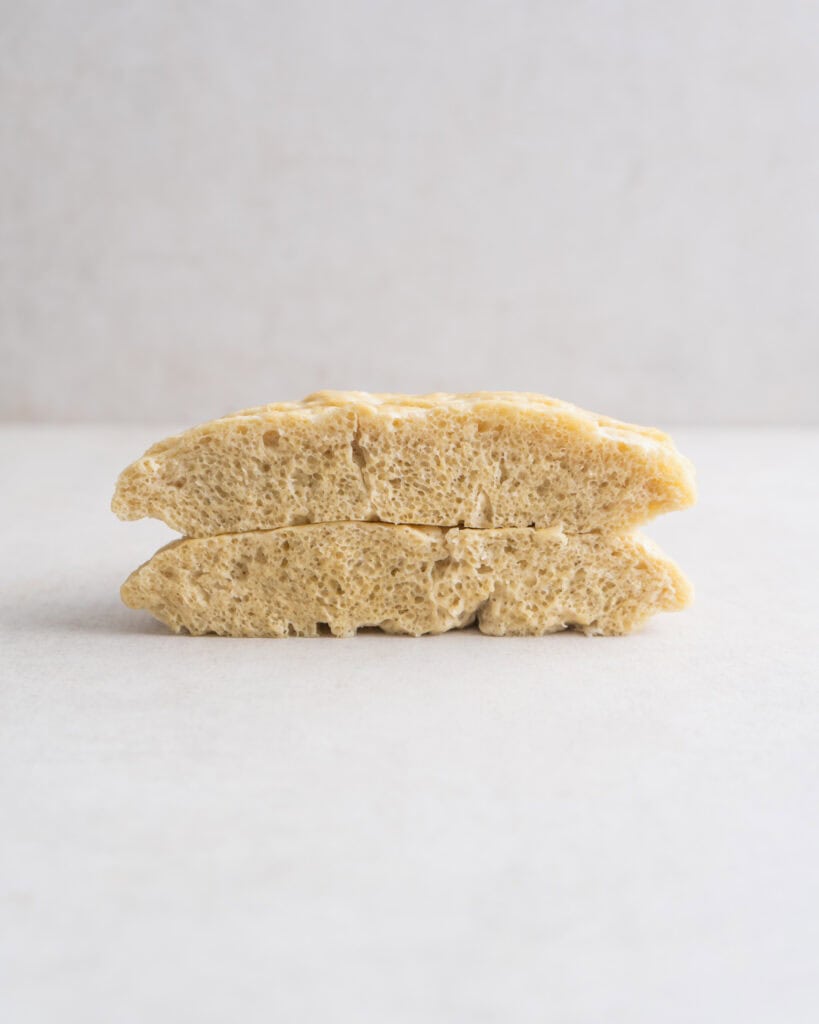
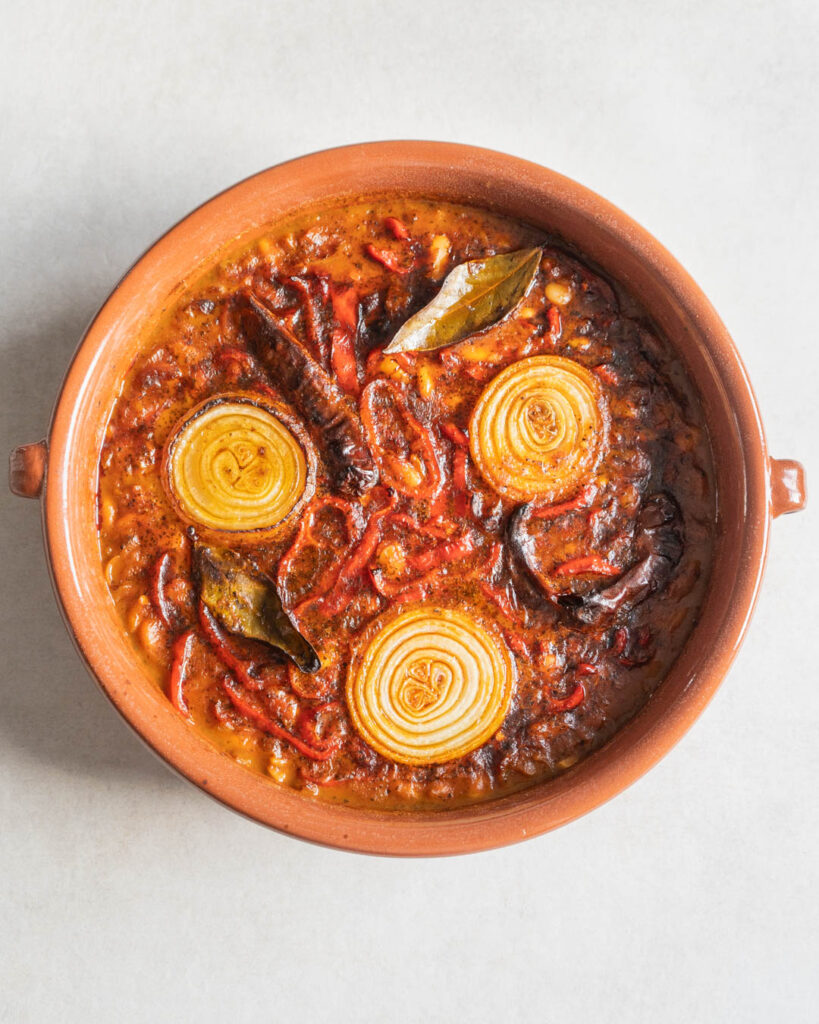
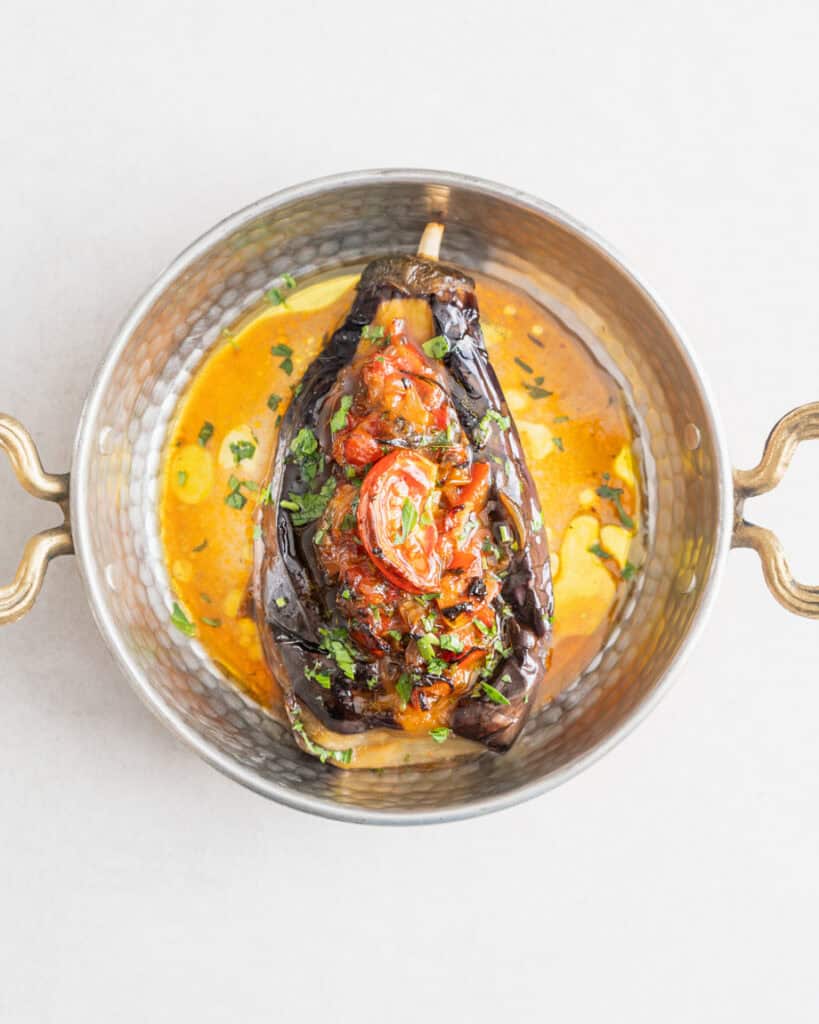
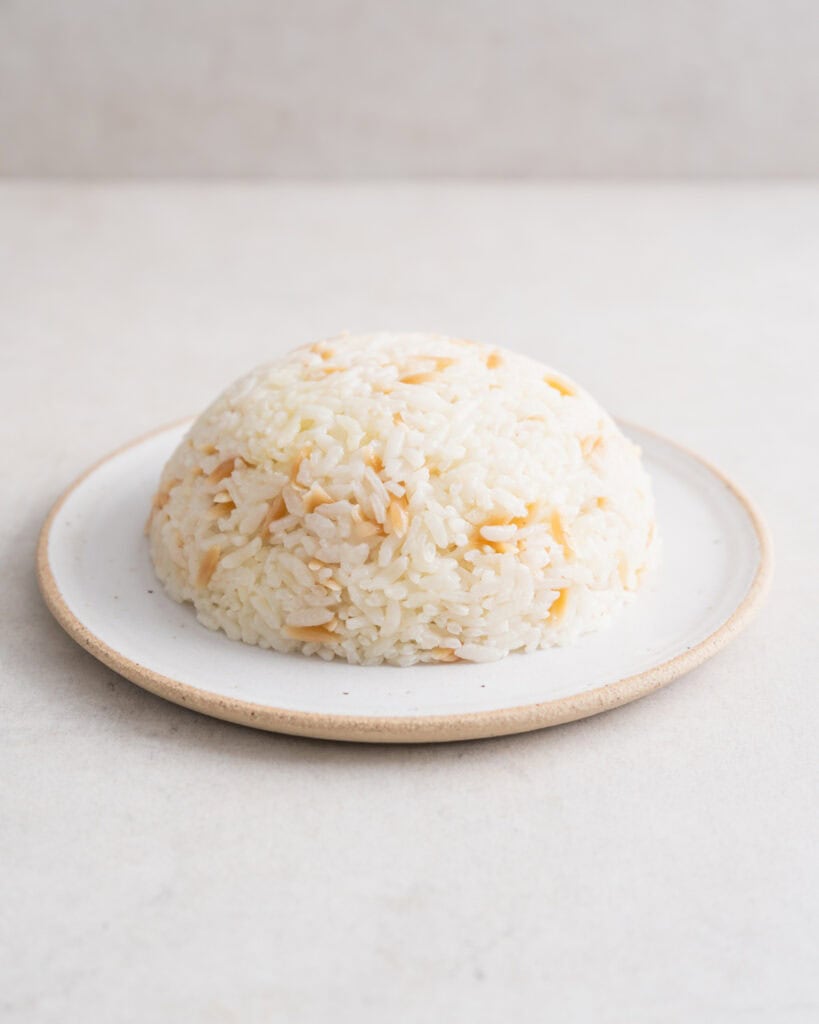




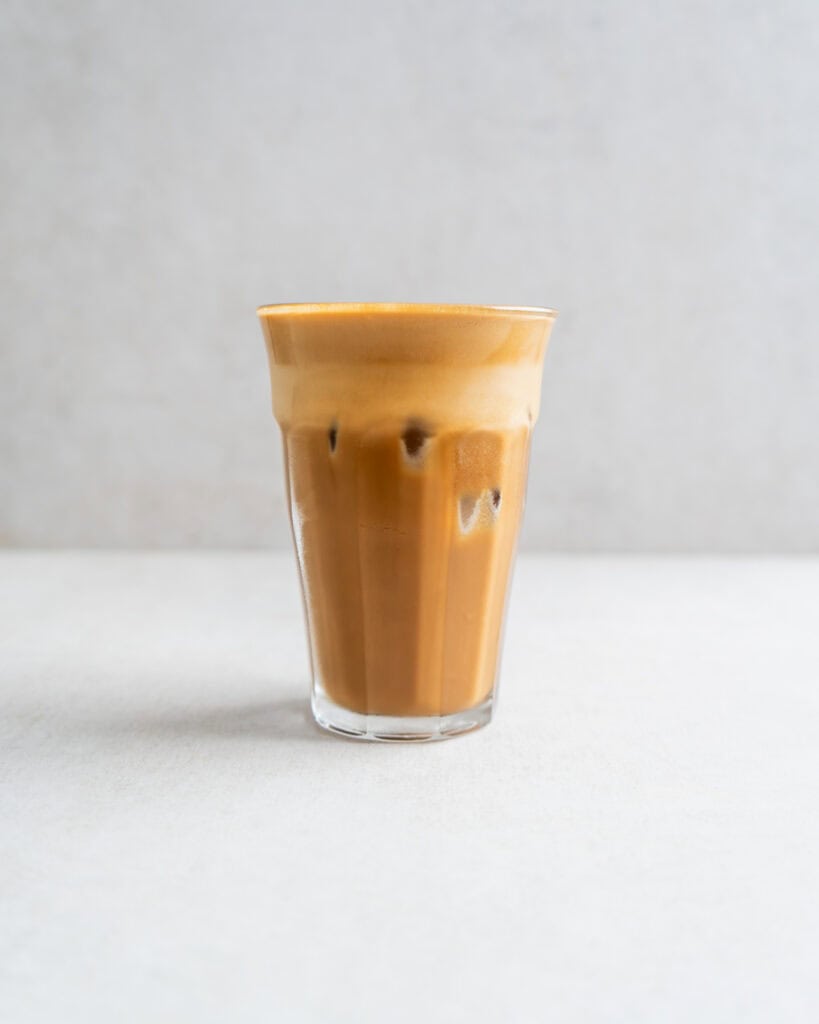

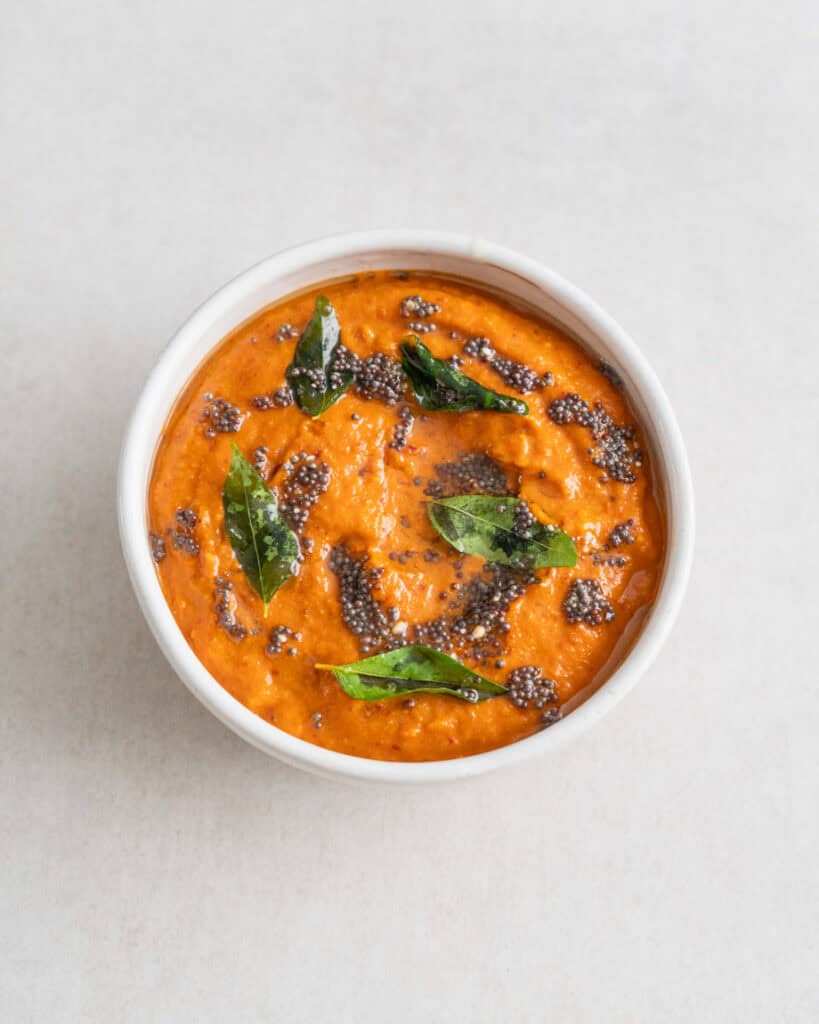
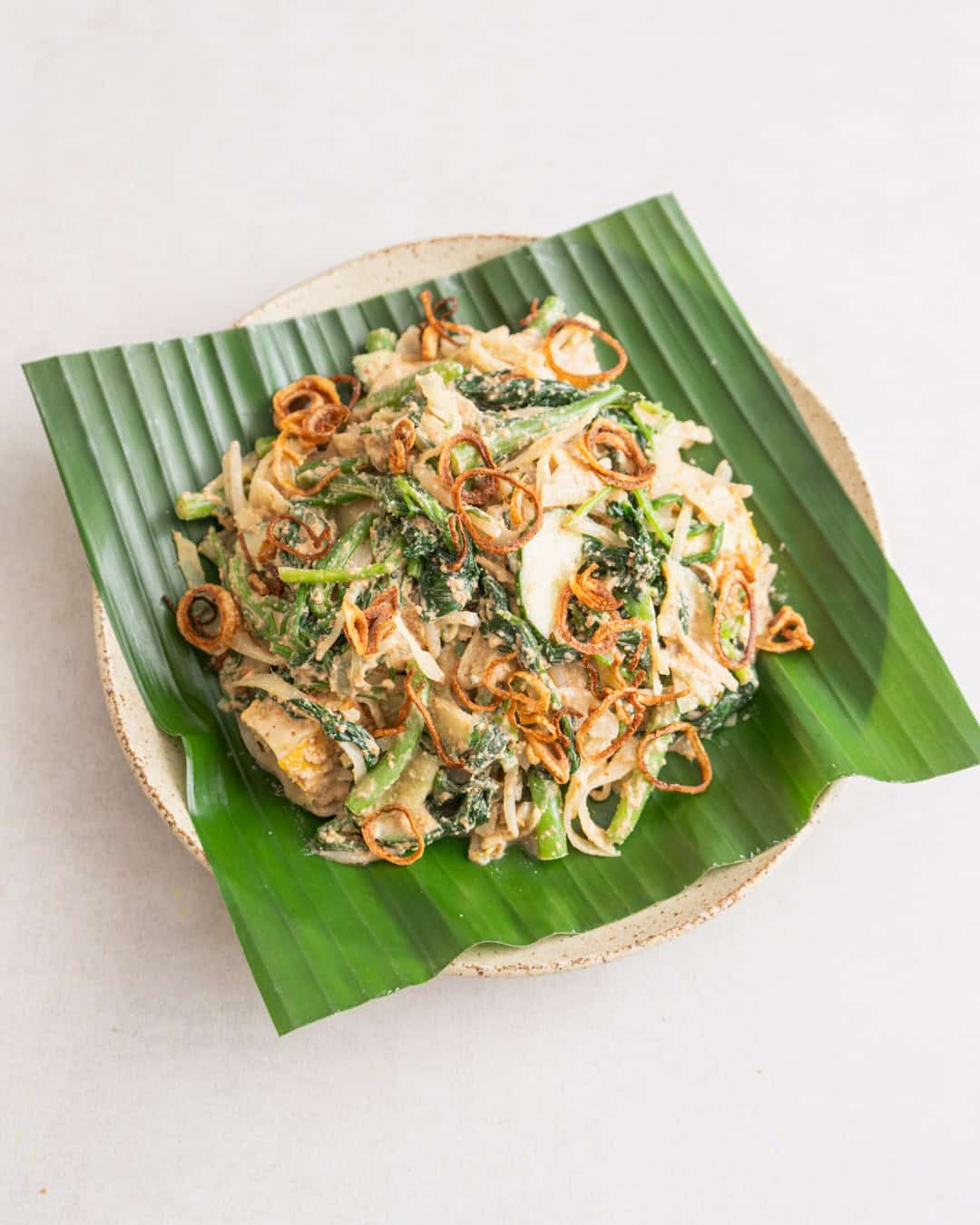
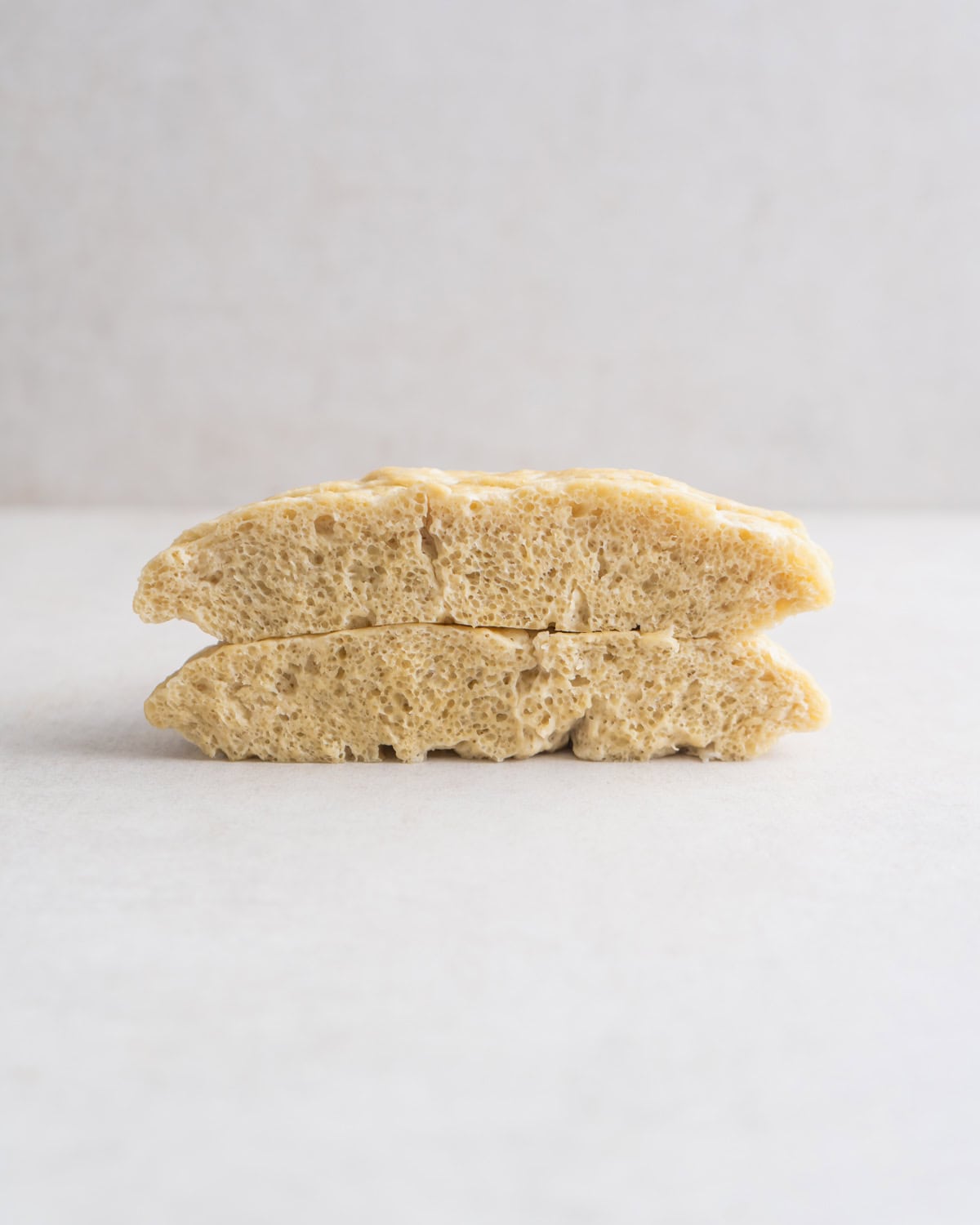

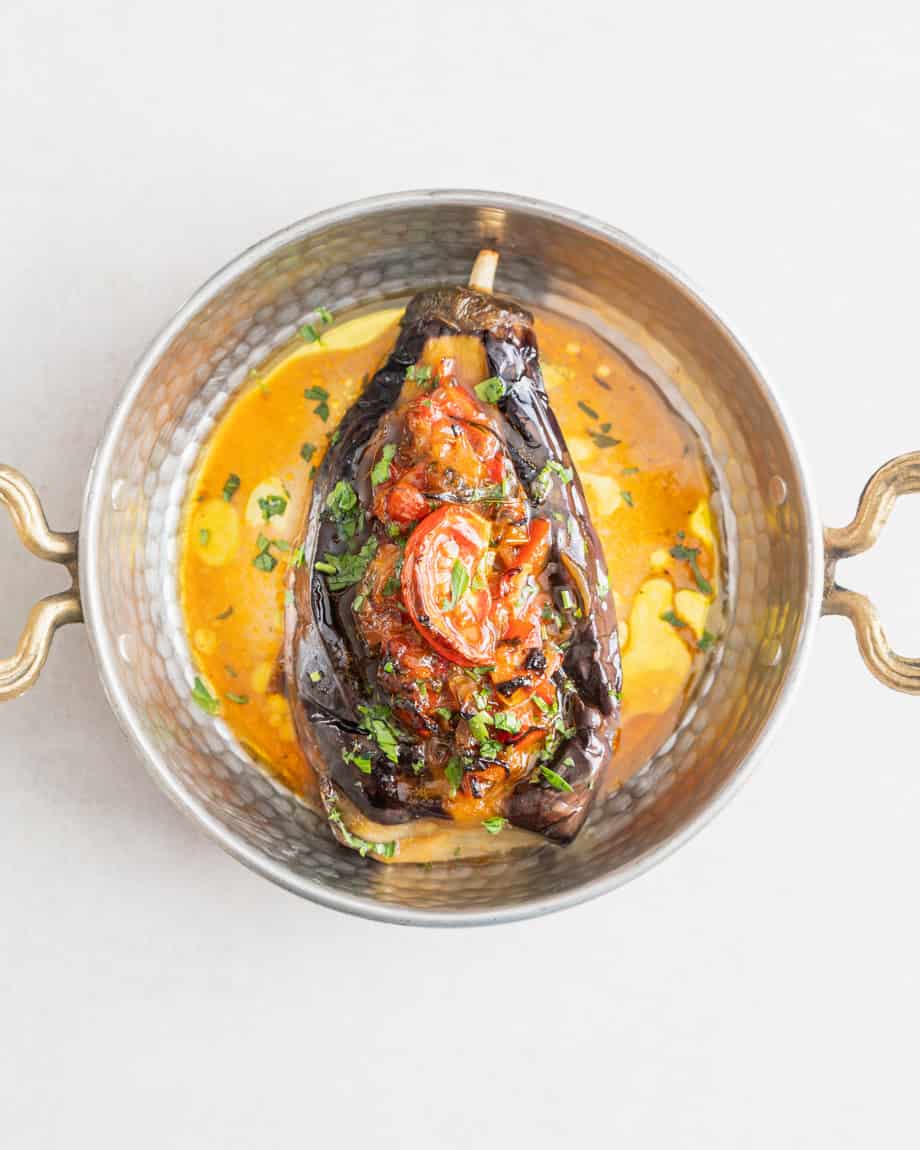

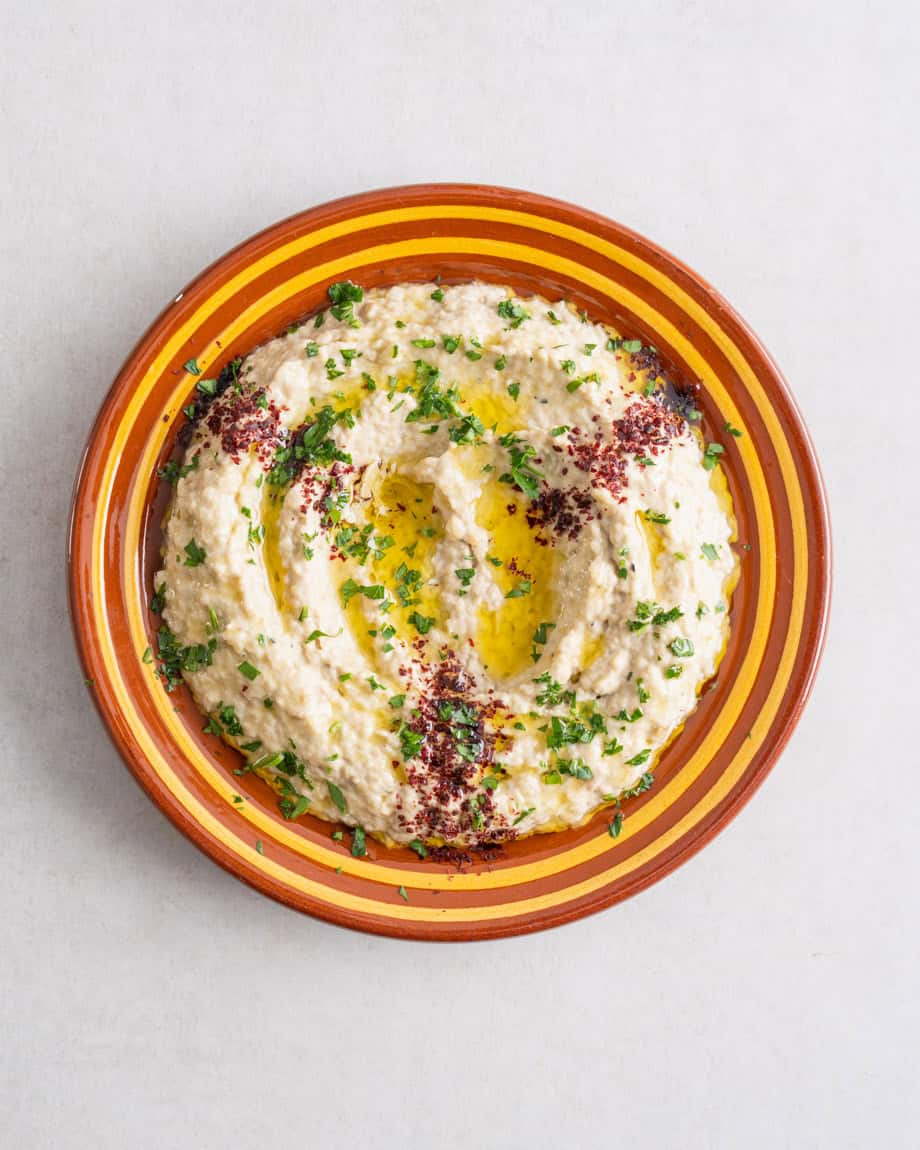
0 Comments